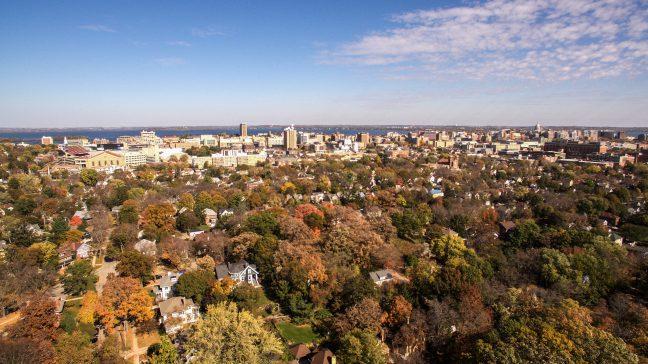Presidents’ Day, celebrated annually on the third Monday of February, is a day to reflect on the highest leaders of the U.S.
The holiday, established in 1885, was originally celebrated on Feb. 22 in honor of the birthday of America’s first president, George Washington.
By the late 1870s, the celebration of his birthday had become so popular that Senator Steven Wallace Dorsey of Arkansas proposed making it a federal holiday. In 1879, President Rutherford B. Hayes signed the measure into law.
Though it initially only applied to the District of Columbia, it was expanded nationwide in 1885.
The transition from celebrating Washington’s birthday to Presidents’ Day occurred with the passage of the Uniform Monday Holiday Act of 1968. It went into effect a year and a half later in 1971.
The purpose of the Act was to ensure more three day weekends for workers. Along with Presidents’ Day, the law established Monday holidays for Columbus Day, Labor Day and Memorial Day.
The Act also served to combine celebrations of Abraham Lincoln’s birthday, Feb. 12, with Washington’s in a joint Presidents’ Day.
Madison, Wisconsin, home of the University of Wisconsin, memorializes the fourth president, James Madison.
Land speculator and judge James Duane Doty traveled through and liked the site where Madison now lies so much that he purchased it in 1829. In 1836, the territorial legislature declared the area the capital.
Doty named the area after James Madison, and years later it boasts a population of around 250,000.
Madison, a founding father, was born in Virginia and raised on a plantation, according to the History channel. He attended what is now known as Princeton University.
After graduation, he was appointed a colonel in the Orange County militia during the Revolutionary War, according to the History channel. But, his physical stature led him to turn to a political career instead.
In 1776, representing Orange County at the Virginia Constitutional Convention, he worked to organize the new government outside of British rule.
Madison became a delegate to the Continental Congress in Philadelphia in 1780. In 1783, he returned to the Virginia assembly to work on a religious freedom statute, a topic he discussed often in his political discourse. But he was soon called back to Congress to assist in authoring the Constitution.
Madison would later go on to be a member of the U.S. House of Representatives, worked on the Bill of Rights and eventually became president.


